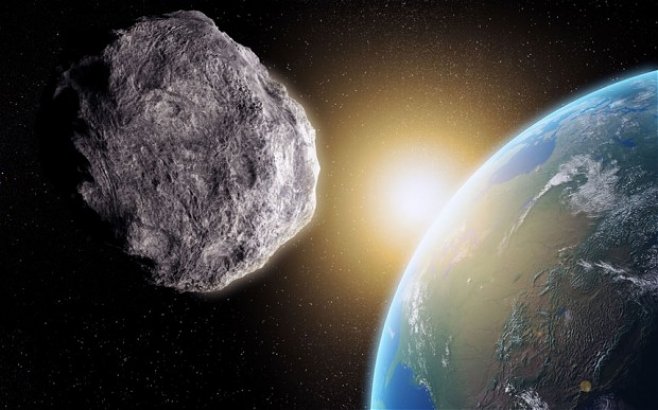We’re past the mid-point of third quarter! Parents, interim reports are finalized for viewing on GBW.
This week in physics: On Monday we will complete assignment 3 followed by a quiz on Tuesday over elastic, totally inelastic, and inelastic collisions (podcasts 5-9 from Unit 5- Momentum). Then we’ll explore the last set of this unit’s learning goals which cover the Impulse-Momentum Theorem. We will start by collecting and analyzing some data about the variables force, time, mass and velocity in order to draw conclusions about momentum change. You should watch the remaining podcasts for this unit for either Tuesday or Wednesday as announced in class. We’ll end by completing assignment 4. The unit test will be at the end of this week or early next week. Oh, and YOU! Yes, YOU! Please remember that your lab report for the conservation of momentum lab is due on Wednesday, February 13. Uploads to TurnItIn.com are due Friday by 3:00. (Class ID: 5463766; Password: physicsrules), and you need to share your Google Drive document with me at [email protected] by then, as well. (Note: I do not use that email for correspondence.)
This week in astronomy: We will continue our analysis of the appearance of the celestial sphere at different latitudes by deepening our exploration of the circumpolar stars. The end of podcast 2 and all of Celestial Sphere Podcast 3 – Circumpolar Stars will support your work. A quiz will follow early in the week, and then we’ll analyze the phenomenon of the seasonal constellations as we differentiate between Earth’s sidereal and solar days. Celestial Sphere Podcast 4 – Seasonal Constellations and Star Magnitude coincides with this topic. We’ll end the week with a fun activity in which you’ll analyze data without having any idea what you’re supposed to find. The best part is that you’ll find it anyway! And that will be the end of that. Test next week! Oh, and YOU! Yes, YOU! Please remember that you should begin the Astronomy Unit 1 – Outdoor Lab once we finish our exploration of circumpolar stars. It requires you to go outside at night to make observations, and it will be due the day of the test. Also please remember that if you need some extra perspective on our topics, the Astronomy Unit 1 – Readings may be of help. 🙂
Cool Science of the Week: First item of business: We explored this in a blog post earlier in the year, but since the post-Valentine’s Day asteroid event will occur next Friday, let’s take another look! Long story short: An asteroid will pass between a layer of our satellites (called the geosynchronous satellites) and Earth on Friday, February 15th. That’s pretty stinkin’ close, but by no means is it an all-that-rare event, and it is also not dangerous. Unfortunately it will not be visible to us here in the western hemisphere, and those on the other side of the world will need telescopes to see it. How-evs, this website will post links to live telescopic video, so check it out if you’re interested!
 Finally……hedgehogs. Just…hedgehogs. In little habitats. That people make. In their backyards. In England. (They’re not native to North America.) I mean, seriously. Ridiculously cute.
Finally……hedgehogs. Just…hedgehogs. In little habitats. That people make. In their backyards. In England. (They’re not native to North America.) I mean, seriously. Ridiculously cute.

